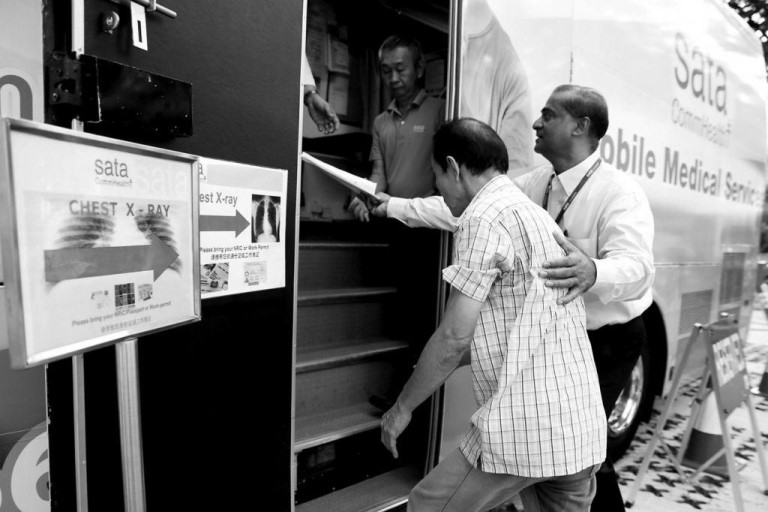Tuberculosis, or TB for short, is a bacterium typically spread by prolonged and close contact with a person with active pulmonary (lung) TB. Most contain the bacterium without any outward manifestations – also termed latent TB, which is non-infectious.
A handful of people with latent TB will progress to develop active symptoms, usually months to years after the initial exposure, explains Associate Professor Hsu Li Yang, Programme Leader of the Anti-microbial Resistance Programme at the NUS Saw Swee Hock School of Public Health.
Furthermore, multi-drug resistant TB (MDR-TB) refers to a drug-resistant form of the infection, arising from failing to complete previous TB treatments. This compounds the challenges of TB control, as MDR-TB patients require twice the duration and a more costly regimen of drugs to be successfully treated. Furthermore, the requirement that treatment is administered via Dots (direct observed therapy, short course) – requiring patients to administer their medication in front of a nurse – imposes social and occupational inconvenience on patients. Dots is a condition recommended by the World Health Organization (WHO), owing to the poor adherence to extended courses of any drug treatment.
The recent cluster of MDR-TB cases reported in a HDB block in Ang Mo Kio needs to be further investigated, says A/Prof Hsu, as according to the Singapore Tuberculosis Elimination Programme, less than 2 per cent of TB clusters over the past 10 years in Singapore have shared housing block addresses. The recent cluster has since been traced back to a cybercafe outbreak in 2012.
In addition, more public education and awareness is required to reduce the stigma of TB, adds A/Prof Hsu. Our society must develop a culture of greater support for those on TB treatment, leading to improved adherence to treatment, and thus reducing the risk of drug resistance. More businesses can also provide leave support and job security for staff diagnosed with TB, to ensure the containment of the bacterium and lessen the burden on patients.
Media Coverage:
- The Straits Times, 17 June 2016
- Lianhe Zaobao, 17 June 2016


